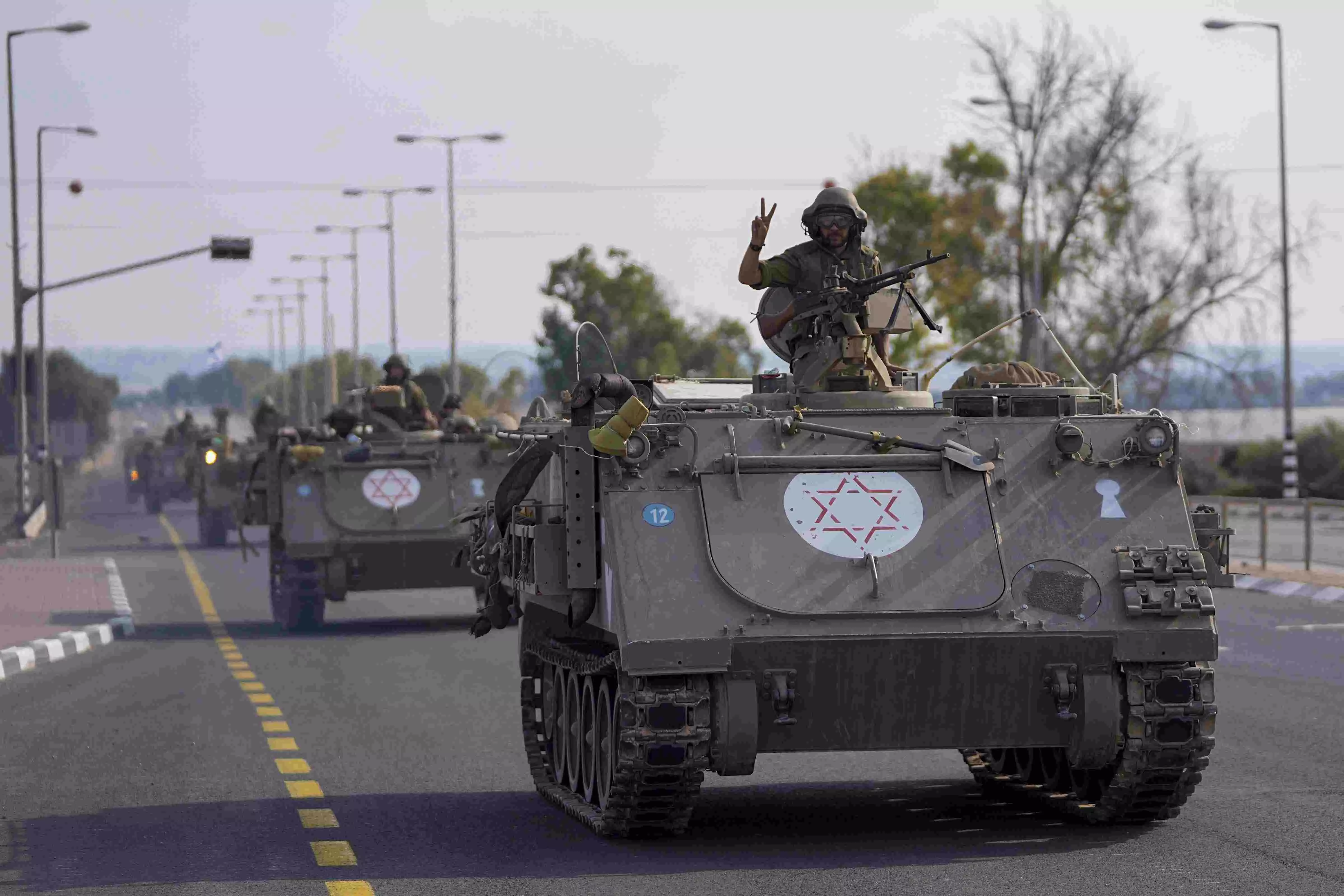Beyond battlefields
Evolving realities war have rendered the notion of victory nebulous — questioning the pre-eminence of land warfare

Speaking during the curtain raiser at the Chanakya Defence Dialogue last month, Army Chief Gen Manoj Pande said that the victory markers would have to be in the land domain and be defined in the land domain. He backed this contention in the context of the Russia-Ukraine war and India’s contested borders. In September, his predecessor, Gen Manoj Naravane (retd) also cited the Russian invasion of Ukraine while writing about land being the decisive domain of war. He argued for India to invest more in land forces to achieve the vision of an Akhand Bharat. These expositions have reignited the issue of the metrics by which victory in a war is measured.
Any study of war and victory must begin from the end — that is formulating the end state. A sound strategy can emerge only once the desired end state is clear. Clausewitz described military victory as a condition where the enemy’s ability to enter battle, resist or resume hostilities is destroyed. However, it falls short of defining a strategic victory. Social, cultural, and economic transformations in a connected and intertwined world, have complicated warfare. While the traditional linkages between war and politics remain, the means and mechanisms driving these have altered, with nation-states increasingly resorting to hybrid means and ‘liminal warfare’, a term coined by Dr David Kilcullen. A study of conflicts in this century reveals significant adaptation, especially by the relatively ‘weaker’ powers and non-state actors against more powerful states. They have sought to address the power differential by functioning in a modular fashion with small teams, using technology and cyberspace. The democratisation of technology has enabled non-state actors to wield far more power than ever before — especially in targeting the cognitive domain of the bigger power. At the same time, some states have increasingly resorted to liminal warfare wherein they operate below the adversary’s response threshold, executing covert operations that may be detected, but whose sponsorship remains masked and unattributed; and ambiguous actions, where both the operation and sponsor may be suspected, but remain unproven. China, Russia, North Korea, and Iran are examples of states engaged in such kind of warfare.
If the objective of war is lasting peace or removal of a threat, then examples abound where despite a ‘decisive’ victory on land, it did not bring lasting peace. One can win the battle on land but lose the strategic war, as the USA learnt to its chagrin after President Bush announced ‘victory’ in Iraq. Despite Israel’s territorial gains in many conflicts, it still cannot live in peace. Russian invasions of Georgia and Ukraine enabled it to gain territory temporarily but have fostered greater suspicion, mistrust, and bolstering defences in many European countries, leading to the expansion of NATO. The short-sighted Russian territorial invasions have made some tactical gains on land but resulted in a strategic blunder by increasing its insecurity and economic challenges. One could feebly argue that for Russia, which has an expansionist history rooted in territorial conquest, this may appear to be a victory. However, a nation thrives when its citizens are secure, can trade freely, possess a good quality of life, have a say in their destiny and are not considered pariahs. By all these metrics, Russia is far from being victorious. The present CDS has correctly remarked that Russia’s geopolitical importance is bound to wane. Hence, winning on the battlefield or capturing some territory does not necessarily translate to conflict termination or a strategic victory. Armies tend to quantify victory in terms of casualties inflicted, territory captured (however small or temporary it may be) or amount of destruction of enemy tanks, guns etc. This is because Armies typically are more tactical-minded as against Navies and Air Forces who are more strategically oriented. The so-called victory of USA in the war against terror (in which it held territorial sway over Iraq and Afghanistan) cost it trillions of dollars, was painful, prolonged, gave space for China to rise, compounded America’s strategic challenges and yet could not eradicate terrorism.
Modern conflicts and war are now multi-domain, often occurring simultaneously through land, sea, air, space and cyber. The air and maritime domains provide the nation with various options to achieve the ‘ends’ at the strategic level. Non-kinetic means of warfare aided by technology have added to the complexity, often blurring lines between the soldier and civilian. Even actions that constitute an act of war evoke divisions and disagreement between belligerents and the international community. It is now unambiguously evident that there is both utility and limit to the use of force. Factors like economic and social costs, complexities of warfare, unrestricted tools and adaptive enemies render the notion of ‘victory’ quite nebulous. In modern conflict, gaining and sustaining strategic success is the mantra. For this to happen the answer lies in developing asymmetric capabilities across multiple domains such as air, maritime, cyber, space, informational, technological, and human capital, and synergising their application. For starters, it requires a change in the land-centric mindset and looking beyond.
The writer is a former Indian Air Force officer and an independent analyst on defence and strategic issues. He holds an M.Phil in Defence and Management. Views expressed are personal



